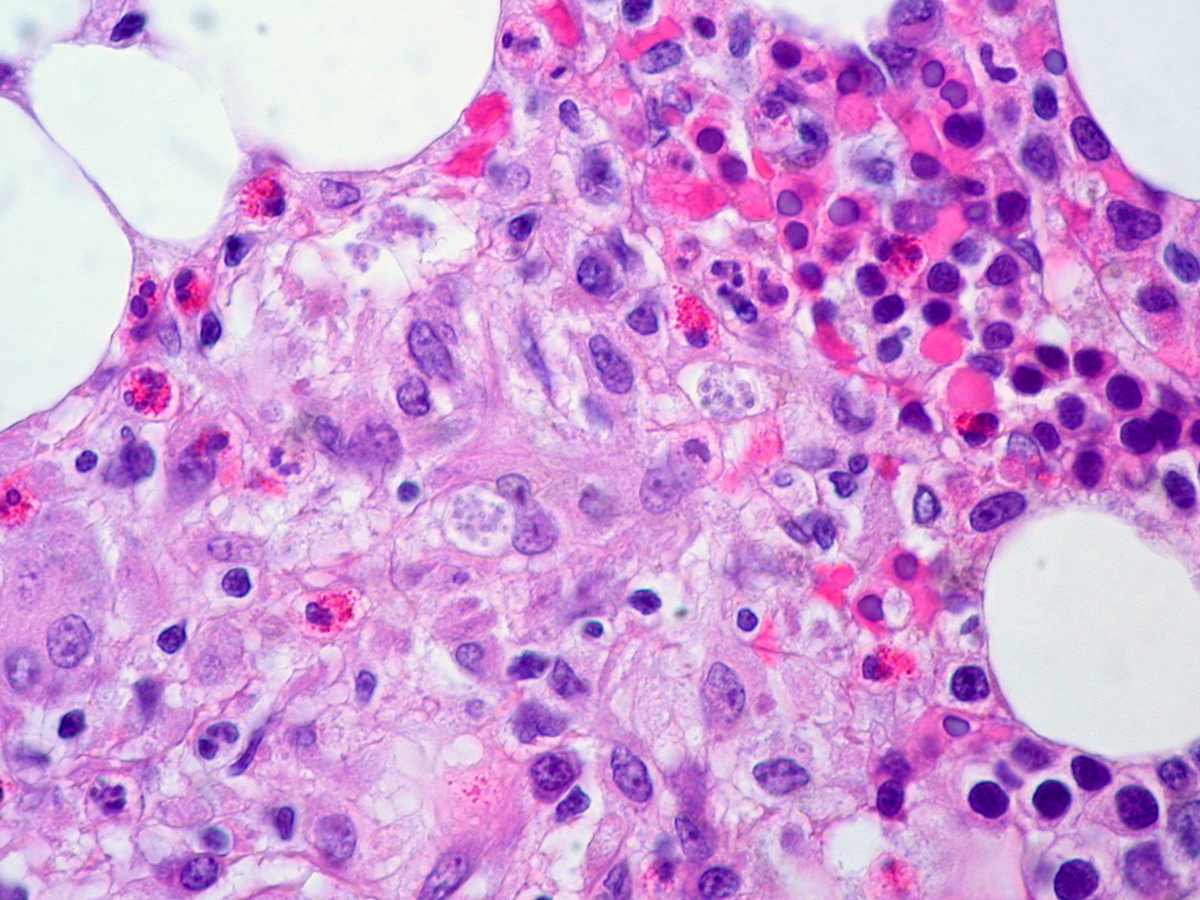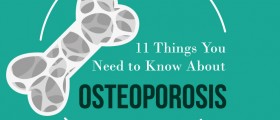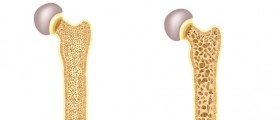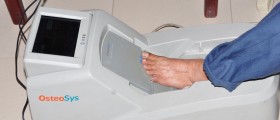
Osteomyelitis is the condition characterized by bone infection. This infection may occur due to different pathogens which either directly or via bloodstream reach the bones.
Causes of Osteomyelitis
Osteomyelitis most commonly affects the long bones such as the thigh bone (the femur), upper arm bone (humerus), spine, pelvic girdle, collarbone, carpals and tarsals of the hands and feet and phalanges of the feet.
Osteomyelitis may occur in people of all ages but children and elderly have increased risk of the disease as their bones are more vulnerable.
Osteomyelitis may result out of different types of infections. It is most commonly cased by bacteria such as Staphyloccocs aureus. Streptococcus group A and group B, H. influenzae, coliforms and Psedomonas aeruginosa may also cause osteomyelitis. In rare cases, fungi infection may also lead to the disease.
The bone infection usually develops due to an injury such as an open fracture. It may also occur due to spreading of an infection form other parts of the body to the bone (pneumonia or urinary tract infection), bone prosthesis, problems with blood circulation or after a bone surgery.
Some individuals have increased risk of osteomyelitis. These are people with diabetes, weak immune system, sickle cell disease, alcoholics and intravenous drug users. People who receive kidney dialysis and who have had their spleen removed are also at risk of this disease.
Signs and Symptoms of Osteomyelitis
Osteomyelitis does not cause symptoms that are only related to the bone but may be evident all over the body. Also, the disease does not produce the same signs and symptoms in children and adults.
Osteomyelitis in children is featured by fever that occasionally occurs and resolves. A severe pain, redness and swelling at the site of the infection are common in children with osteolyelitis. Warmth and tenderness in the infected area are present too. Additionally, the affected child may become irritable and sluggish.
In adults, osteomyelitis produces the same symptoms but of greater severity. Drainage of pus through skin wound over a fracture is common when the disease is caused by trauma. Treatment for Osteomyelitis
Osteomyelitis is generally difficult to treat because the bones do not respond to antibiotics as other body’s cells. Treatment of osteomyelitis aims to stop spreading of the infection, reduce damage to the bone and nearby tissues, prevent development of chronic infection and other complications.
The treatment commonly involves a course of antibiotics, which can be given orally or intravenously. Painkillers are given to reduce the pain. Surgery may be employed if the infection is severe. It may involve drainage of pus and removal of dead tissue and bone.

















Your thoughts on this
Loading...